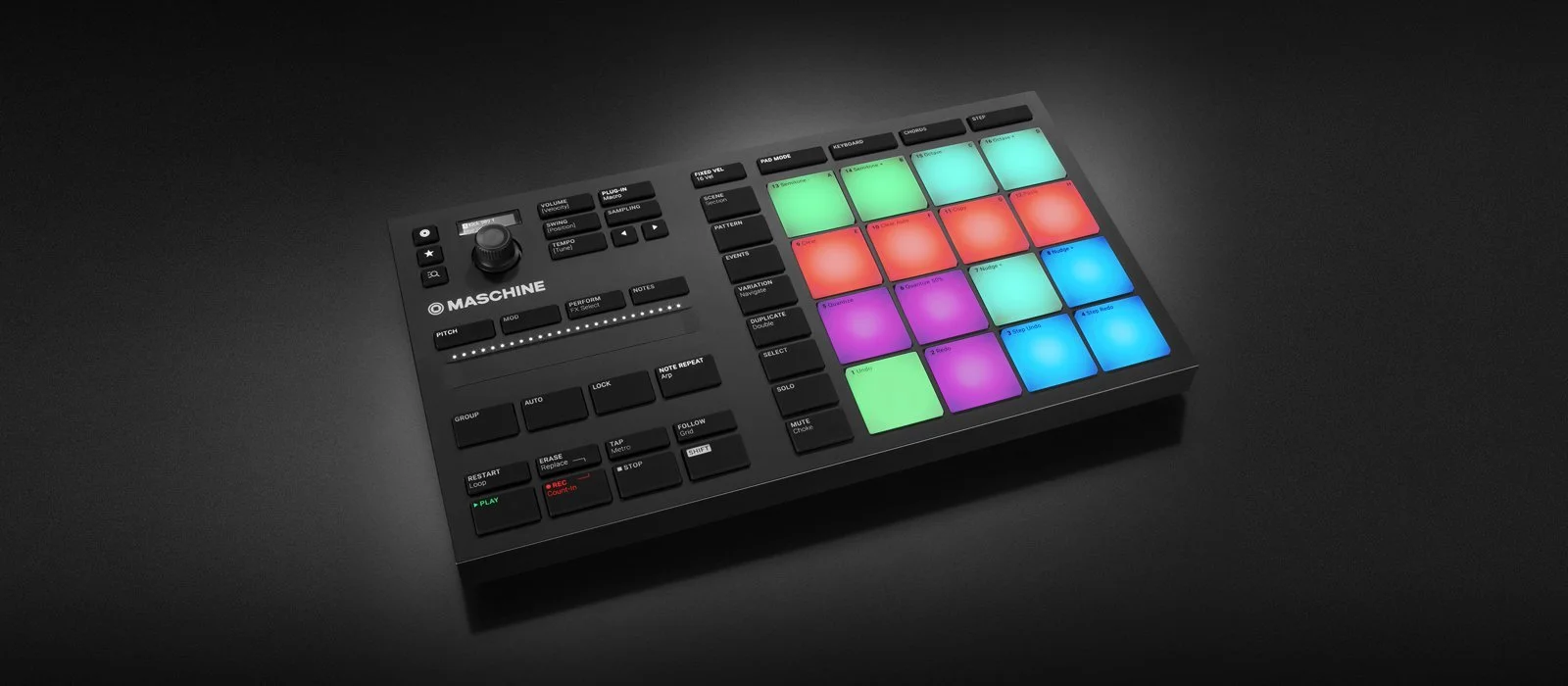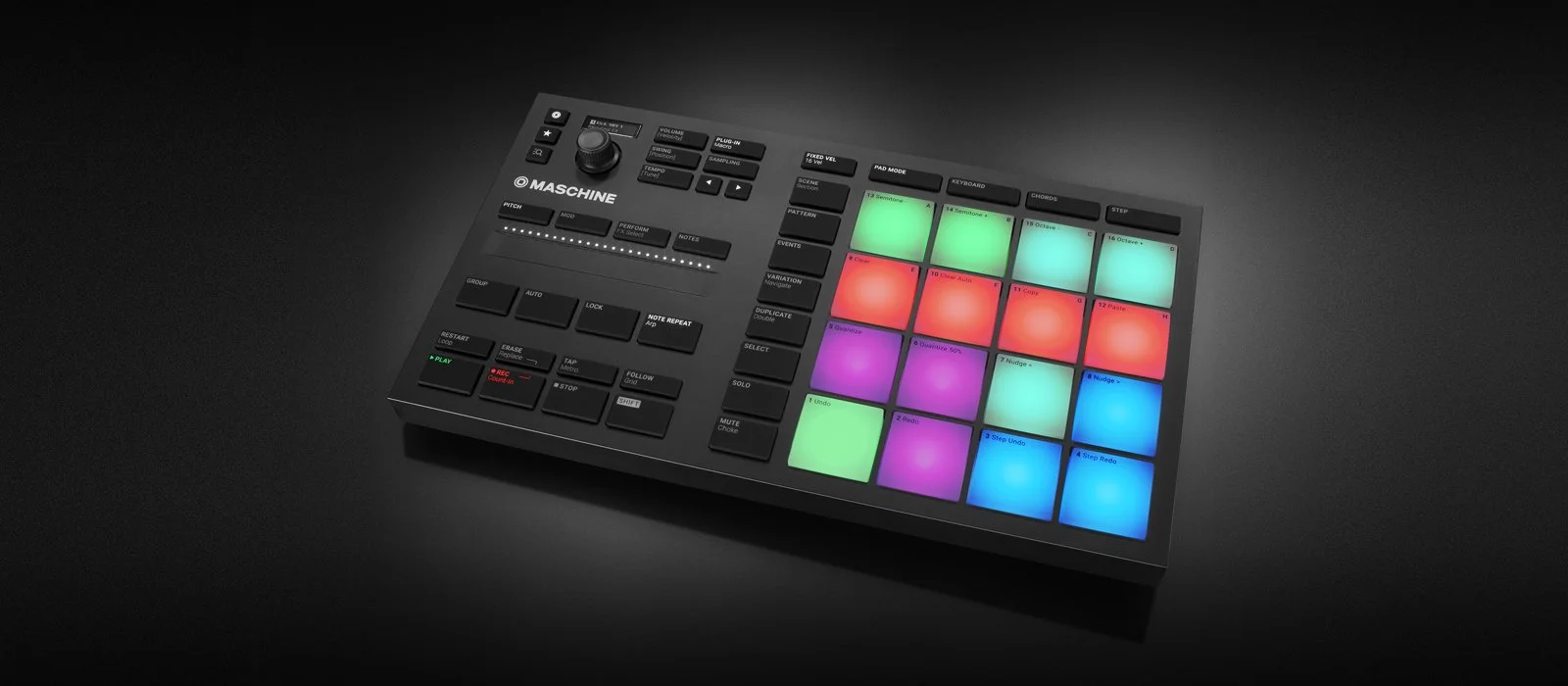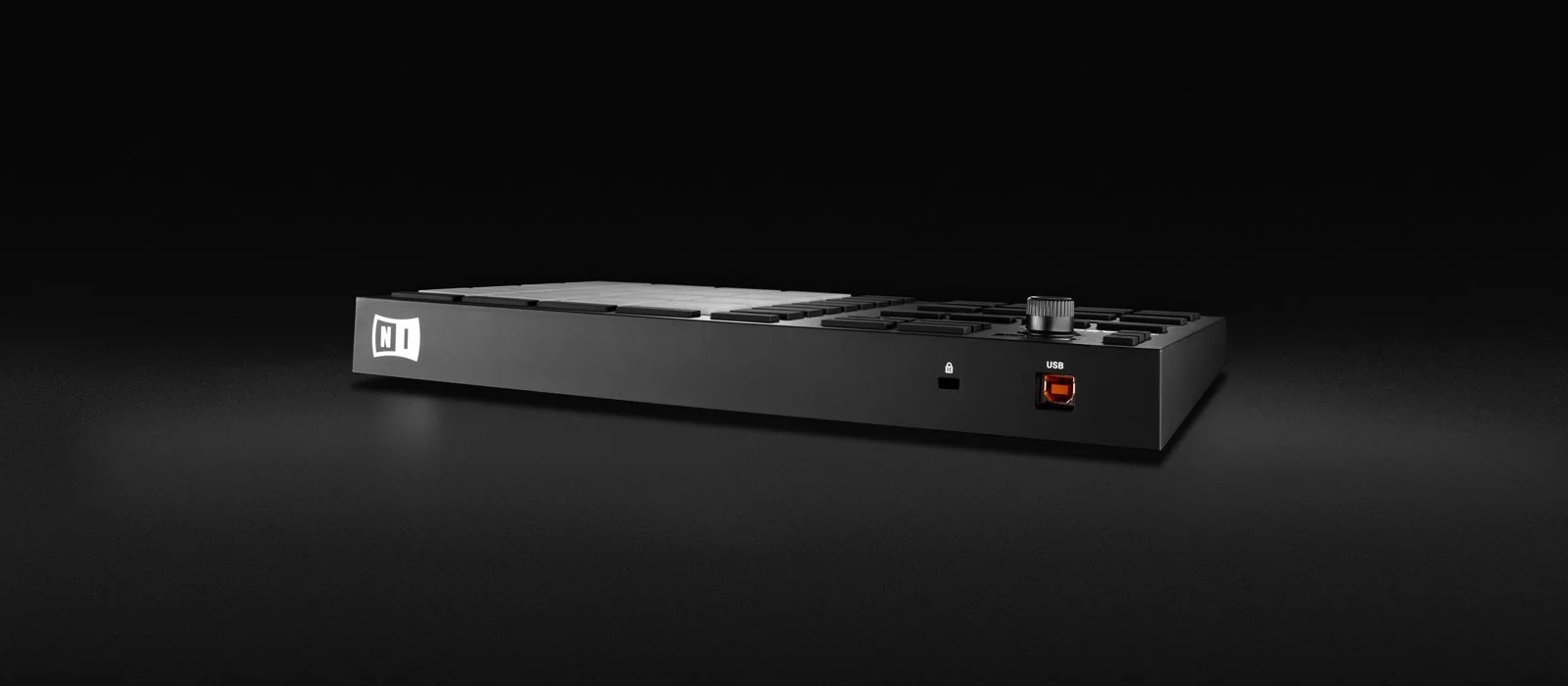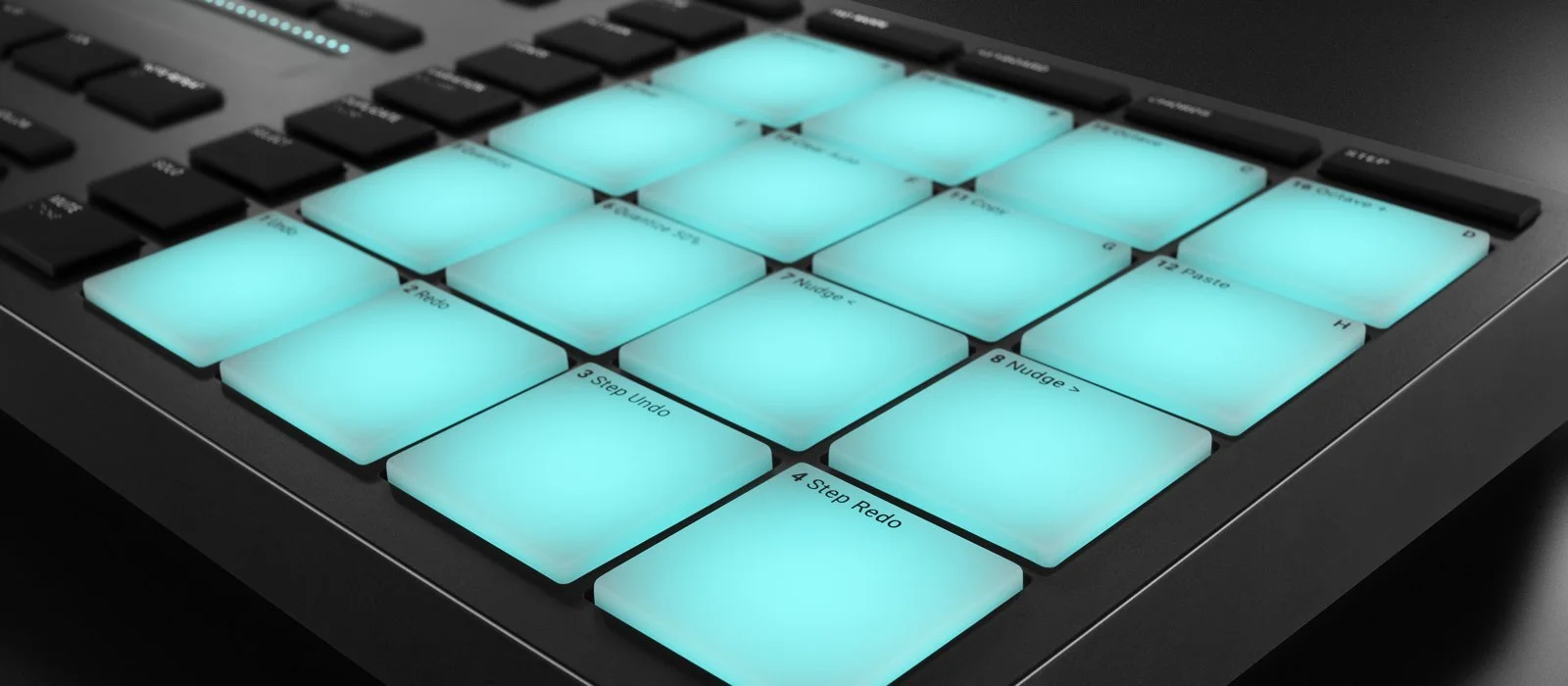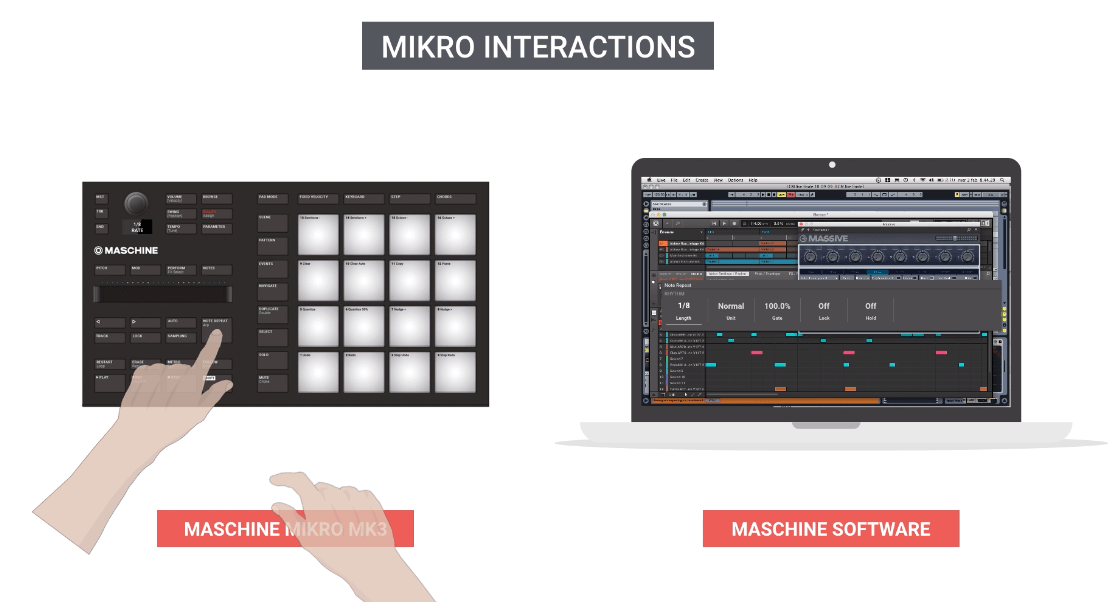Native Instruments
Maschine Mikro MKIII
Your compact beatmaking companion.
Company
Native Instruments
Role
Hardware UX + Interface Design
Check it out at Native Instruments
The mission for the Maschine Mikro MKIII was to modernise its hardware interface, aligning it with a new design language while ensuring compatibility with existing software workflows. All the whilst maintaining a budget-friendly price range.
My role was to focus on the hardware interface, working alongside another designer focusing on the software integration.
The project presented several key challenges.
First, there was the need to update the Maschine Mikro's hardware interface to reflect Native Instruments' latest design language while retaining the core functionalities that users relied on.
Second, ensuring compatibility with existing software workflows was crucial; any changes to the interface needed to preserve the user experience.
Third, cost management was a significant concern, requiring careful control of production expenses to fit within a budget-friendly range.
User Research and Insights
Our approach began with in-depth user research. I conducted Skype interviews with existing Maschine Mikro users to gain a deeper understanding of their pain points and preferences. These conversations revealed which features were crucial to retain, which new features could be integrated, and how to streamline the interface. This research laid the groundwork for creating a design that addressed user needs while aligning with the project's objectives.
Design Development and Testing
Taking what we had learned, we proceeded to map out the essential workflows for the Maschine to ensure seamless integration with the software. During this phase, in-house testing highlighted the need for improved data feedback to enhance user interactions. To address this, we decided to incorporate a small screen into the design, providing necessary interaction capabilities without cluttering the interface.
A significant part of my role involved collaborating with both in-house engineering teams and our manufacturing partners abroad. I worked closely with engineers to ensure that the design specifications were feasible and addressed any technical constraints. This collaboration was crucial for translating the design into a manufacturable product.
Once the hardware design was finalised, I created a comprehensive document outlining the interactions for handover to the software integration team. This document served as a blueprint to ensure that the new workflows were functional and that any necessary compromises on hardware components were effectively managed by reintroducing features as shift functions.
Outcome and Impact
Maschine Mikro MKIII has been well-received, maintaining its popularity in studios around the world and frequently appearing in YouTube music production videos. The project successfully achieved its goals of modernising the interface, enhancing usability, and adhering to budget constraints. The effective collaboration with engineering teams and manufacturing partners, coupled with thoughtful design decisions, contributed to the Maschine Mikro MK2’s lasting success and its ongoing relevance in the music production industry.



